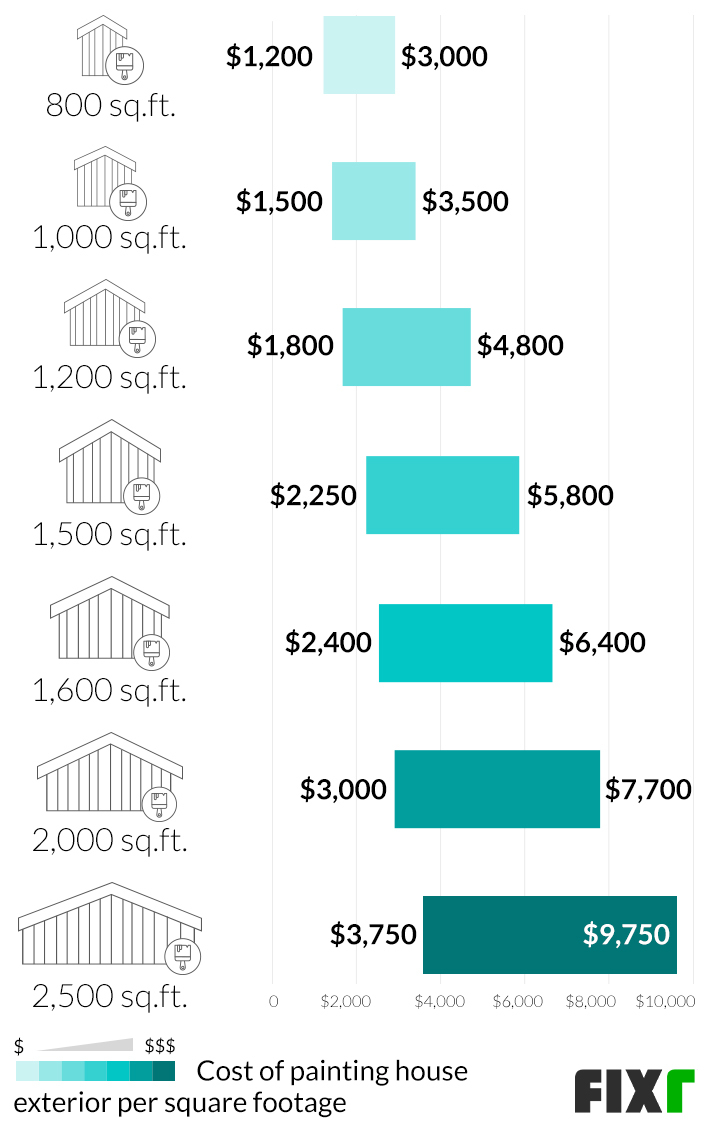Table Of Content

The total cost of a paint project comes down to labor, materials and miscellaneous expenses. To calculate the exterior surface area, measure the height and width of each wall and multiply them together. Then, add the areas of all walls to get the total exterior surface area. Remember to subtract the areas of windows, doors, and any other spaces that won’t be painted. Higher-quality paints often offer better coverage and durability. If investing in premium options, your calculator can adjust the quantity needed based on the manufacturer’s coverage specifications.
Stucco or Plaster
Climate is also a factor to consider—extreme hot or cold climates may require more labor or specialty products to meet the needs of the environment. From there, you can calculate the cost of the paint job based on the per-gallon price of your paint brand of choice. If you need to buy equipment like ladders, paint guns, brushes, etc. remember to factor those prices into your calculation. Round up, as it's always better to have too much paint than not enough. You may also need at least one coat of primer, depending on the type of paint and the condition of your exterior. While painting a home's exterior can be a costly project, there are a number of steps you can take to save money when hiring a pro for this job.

Tips for Saving More Money
On average, homeowners can expect to pay anywhere from $1,500 to $4,000 for a professional painting job. Factors like project complexity and material quality can also affect the final cost. Waterproofing services typically cost $3–$10 per square foot of basement space. Where your project falls within that price range depends on your desired waterproofing methods and your basement’s layout. If parts of your basement are difficult to access or require extra work, the total cost increases.
Paint quality and type
If the exterior of your home is particularly dirty or damaged, be aware that repairing or cleaning it can double the time and labor needed to paint it. You shouldn’t need a permit to repaint your home, but you might if you change the siding. Keep in mind that if you’re making a significant change to paint colors—like a dark color to a light shade or vice versa—you’ll likely require more coats of paint. Additionally, if you’re unsure what exterior paint color to choose, you might want to meet with a painting company color consultant. When it comes to professional exterior painting jobs, often 70%–80% of the total cost goes toward labor.
Sanding off flaking or bubbling paint and applying a fresh coat will protect the home from mold or rotting. In many cases, homeowners can get away with leaving steel siding unpainted because it is not prone to rotting or mold. However, if the siding is being painted for aesthetic purposes, it’s usually possible to skip priming.
This almost always requires extensive excavation so contractors can reach the bottom of the foundation walls. Consider installing a dehumidifier to get rid of any remaining humidity in the air. Keep in mind that this won’t stop water from entering the basement, and it may actually pull in more damp air. If water is a major problem, you may need an interior drainage system to remove it. Your chosen waterproofing method largely depends on whether you’re waterproofing the basement interior or exterior.

Cost to Paint a House Exterior Yourself
Aside from the size and the material of your home, there are several factors that affect how much it costs to paint your home. If you paint the home yourself you’ll almost certainly spend less than you would if you hired professional painters. If you’re doing a cost comparison, remember to include the cost of painting equipment when you’re tallying the cost of a DIY paint job. You’ll need a ladder, brushes and buckets in addition to the paint itself. For an interior job, you’ll probably want tape and a drop cloth. The cost to paint aluminum siding is between $1.50 and $2.50 per square foot.
Our city's revamped, 1950s-era ranch homes are a Charlotte architecture trend we can be proud of - Axios
Our city's revamped, 1950s-era ranch homes are a Charlotte architecture trend we can be proud of.
Posted: Tue, 28 Nov 2017 08:00:00 GMT [source]
Of the $1.88 – $4.10 cost per square foot, most of that is for labor. Assuming an average of two coats across your project, you should need between 6-8 gallons of paint. But use the above information to determine whether you may need to adjust that figure. Besides the color choices, the quality of paint you choose also affects how much you need to buy. But they’re most often thinner, and won’t cover your walls as well.
Another approach is using Google Maps from a satellite view perspective. You can also use county records to cross-reference and get accurate measurements of your property and buildings.
If the hole is relatively small, it’s easy enough to patch it using pre-mixed drywall compound you can buy at a hardware store. It literally takes a fingertip of this compound to fill the hole. If any of these tasks need additional time or effort to complete, the total cost of your painting job could be greater than the average price. That’s a question we hear regularly, and fortunately, it’s pretty straightforward to answer.
These basement windows have window wells dug around them so they can open. If the wells lack proper drainage, water can pool and cause leaks. Installing window well drains usually costs $500–$2,000 per drain. Your foundation’s structure and materials can make waterproofing more or less complicated. For example, poured concrete walls are less prone to leaks than block walls because there aren’t any joints to become leaky. Thus, poured concrete foundations are typically less expensive to waterproof.



No comments:
Post a Comment